Role Film actress Name Glenda Farrell | Years active 1928–1969 Occupation Actress Children Tommy Farrell | |
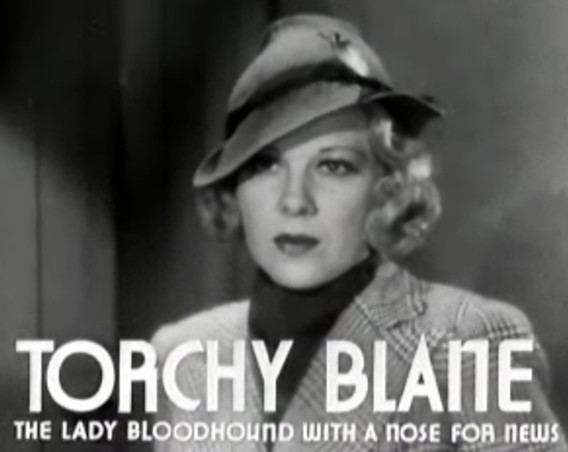 | ||
Died May 1, 1971, New York City, New York, United States Siblings Richard Farrell, Gene Farrell Movies Little Caesar, Mystery of the Wax Museum, I Am a Fugitive from a Ch, Lady for a Day, Smart Blonde Similar People | ||
GLENDA FARRELL TRIBUTE
Glenda Farrell (June 30, 1904 – May 1, 1971) was an American actress of film, television, and theater. She is best known for her role as Torchy Blane in the Warner Bros. Torchy Blane film series and the Academy Award-nominated films Little Caesar (1931), I Am a Fugitive from a Chain Gang (1932), and Lady for a Day (1933). With a career spanning more than 50 years, Farrell appeared in over 100 films and television series, as well as numerous Broadway plays. She received a star on the Hollywood Walk of Fame on February 8, 1960, and won an Emmy Award for best supporting actress for her performance in the television series Ben Casey in 1963.
Contents
- GLENDA FARRELL TRIBUTE
- Movie legends glenda farrell
- Early life
- 19281939 Stage and films
- Torchy Blane series
- 19391969 Television stage and films
- Influence
- Personal life
- Death
- Television
- Filmography
- References
Movie legends glenda farrell
Early life
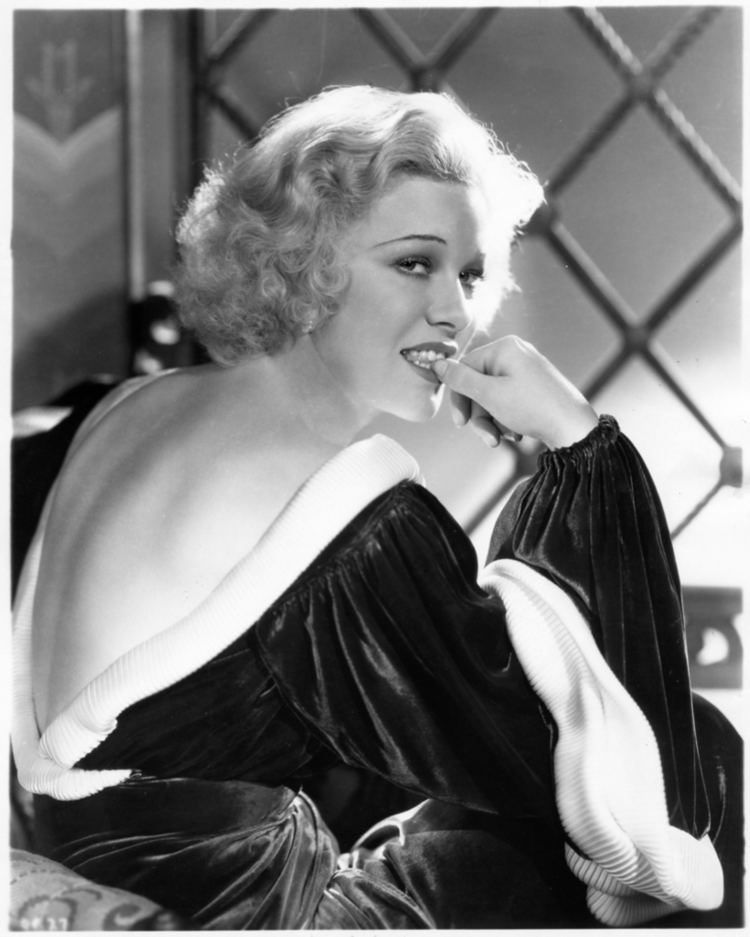
Farrell was born to Charles and Wilhelmina "Minnie" Farrell of Irish and German descent in Enid, Oklahoma. After her family moved to Wichita, Kansas, Farrell began acting on stage with a theatrical company at age seven, playing the role of Little Eva in the play Uncle Tom's Cabin. She received a formal education at the Mount Carmel Catholic Academy. When her family moved to San Diego, California, she joined the Virginia Brissac Stock Company. Farrell made the third honor roll in Motion Picture Magazine’s "Fame and Fortune Contest". Her picture and biography were featured in the magazine’s April 1919 issue, which also stated that Farrell had some experience in the chorus, vaudeville, and camp entertainments.
1928–1939: Stage and films
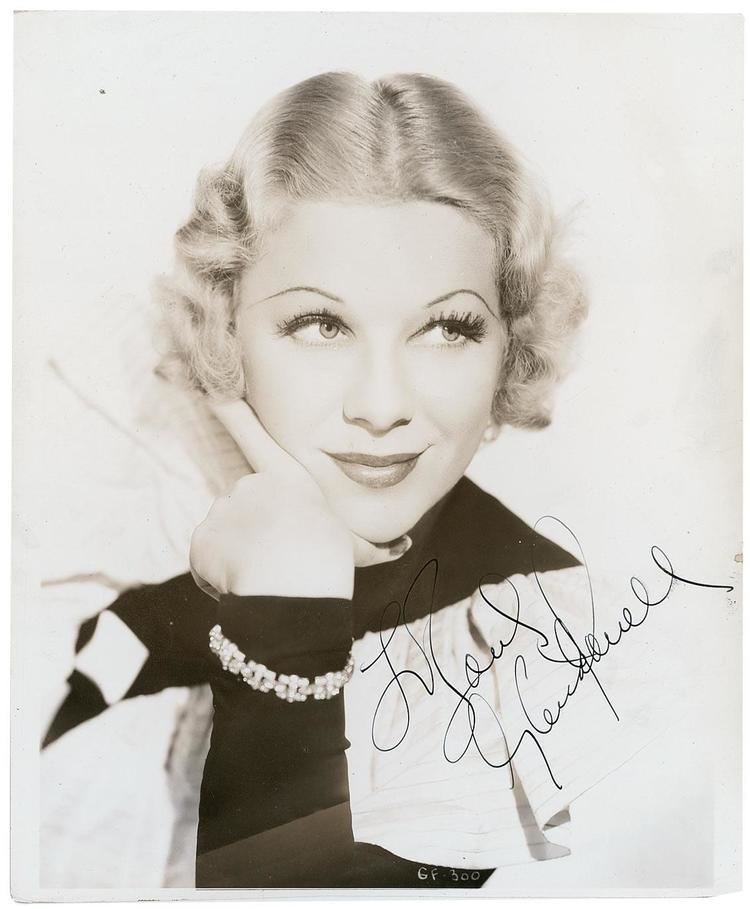
In 1928, Farrell was cast as the lead actress in the play The Spider and made her film debut in a minor role in Lucky Boy. Farrell moved to New York City in 1929, where she replaced Erin O'Brien-Moore as Marion Hardy in Aurania Rouverol's play Skidding. The play later served as the basis for the Andy Hardy film series. By April 1929, the Brooklyn Daily Eagle reported that she had played the role 355 times. Farrell appeared in a number of other plays, including Divided Honors, Recapture, and Love, Honor and Betray with George Brent, Alice Brady, and Clark Gable.
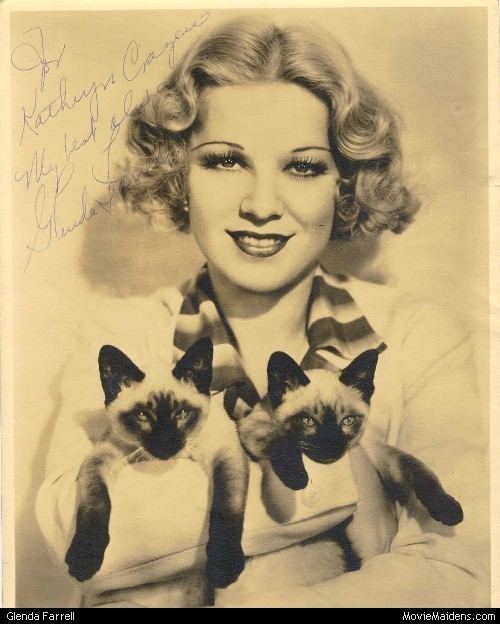
In 1930, she starred in the comedy short film The Lucky Break with Harry Fox, and in July 1930 Film Daily announced that Farrell had been cast in Mervyn LeRoy's film Little Caesar as the female lead, Olga Stassoff. Afterward, she returned to Broadway and starred in On the Spot at the Forrest Theater. At the time, Farrell conceded that motion pictures offered immense salaries, but felt the theater was the foundation of the actor's profession. She appeared in several more plays, and in 1932, starred in the hit play Life Begins. Her performance in the play caught the attention of Jack Warner, who signed her to a long-term contract with the Warner Bros. film studio and cast her to recreate the role in Warner Bros.' film adaptation of Life Begins later that year. Farrell did not return to the stage until 1939.
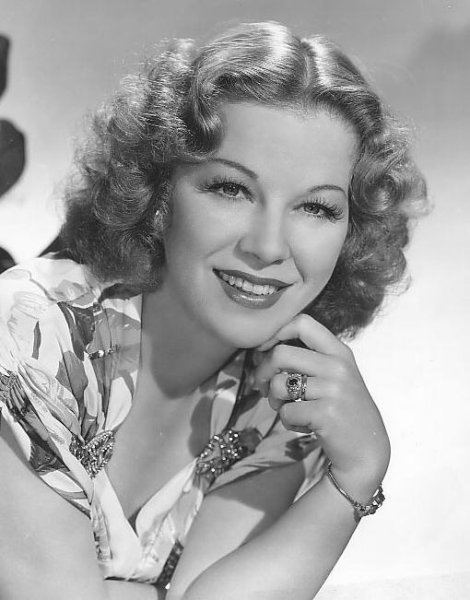
In her first two years with Warner Bros., Farrell starred in 17 films, including Girl Missing (1933), Gambling Ship (1933), Man's Castle (1933) opposite Spencer Tracy, and Columbia Pictures' Lady for a Day (1933) by director Frank Capra. Farrell often worked on four films at once and managed to transition from one role to another effortlessly. She worked in over 20 movies between 1934 and 1936, starring in such films as Go into Your Dance (1935), Little Big Shot (1935), and High Tension (1936). She appeared with Dick Powell and Joan Blondell in the Academy Award-nominated Gold Diggers of 1935 and Gold Diggers of 1937 musical film series. Farrell was very close friends with fellow Warner Bros. actress Joan Blondell, and throughout the early 1930s, they were paired as bombshell comedy duo in a series of five Warner Bros. movies: Havana Widows (1933), Kansas City Princess (1934), Traveling Saleslady (1935), We're in the Money (1935), and Miss Pacific Fleet (1935). Farrell and Blondell co-starred in a total of nine films. Together, they came to personify the smart and sassy, wisecracking dames of '30s and '40s film.
Torchy Blane series
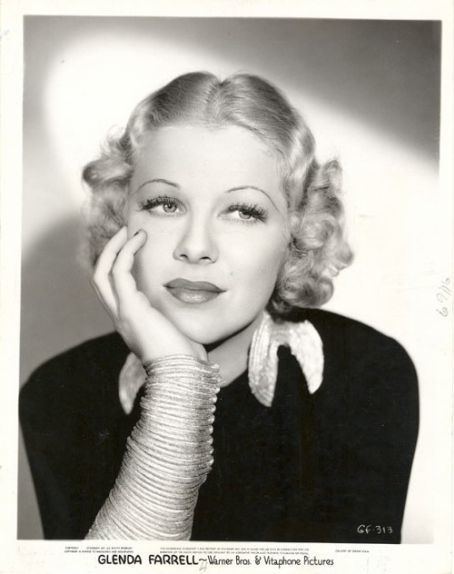
In 1937, Farrell was given her own film series as Torchy Blane, "Girl Reporter". In this role, she was promoted as being able to speak 400 words in 40 seconds. Warner Bros. began to develop a film adaptation of "MacBride and Kennedy" stories by detective novelist Frederick Nebel in 1936. For the film version, Kennedy is changed to a woman named Teresa "Torchy" Blane, in love with MacBride's character. Director Frank MacDonald immediately knew whom he wanted for the role of Torchy Blane. Farrell had already proved that she could play hard-boiled reporters in Mystery of the Wax Museum (1933) and Hi, Nellie! (1934). She was quickly cast as Torchy with Barton MacLane playing detective Steve McBride in the first Torchy Blane film, Smart Blonde. On her portrayal of the Torchy Blane character, Farrell said in her 1969 Time interview:
So before I undertook to do the first Torchy, I determined to create a real human being—and not an exaggerated comedy type. I met those [news-women] who visited Hollywood and watched them work on visits to New York City. They were generally young, intelligent, refined, and attractive. By making Torchy true to life, I tried to create a character practically unique in movies.
Smart Blonde was a surprise hit and became a popular second feature with moviegoers. Warner Bros. starred her in several more Torchy Blane movies opposite Barton MacLane. She portrayed Torchy in seven films from 1937 to 1939. The films took Farrell's popularity to a new level. She was beloved by the moviegoing public and received a huge amount of fan mail for the films.
Along with starring in the Torchy Blane series, Farrell appeared in a number of other films, including Breakfast for Two (1937), Hollywood Hotel (1937), and Prison Break (1938). Additionally, she performed in several radio series, including Vanity and Playhouse in 1937, and Manhattan Latin with Humphrey Bogart in 1938.
Farrell was elected to a one-year term as the honorary mayor of North Hollywood in 1937, beating her competition Bing Crosby and Lewis Stone by a three-to-one margin. Despite the fact that it began as a Warner Bros. publicity stunt, Farrell took the job very seriously, attending functions, presentations, and ceremonies. She was also put in charge when the North Hollywood Chamber of Commerce announced that it wanted to put sewers along Ventura Highway and started the groundwork for that project.
In 1939, after eight years working in films, when her Warner Bros. contract expired, Farrell left the studio and returned to the theater. "There's something more satisfying about working in a play. You get that immediate response from the audience, and you feel that your performance is your own. In pictures, you get frustrated because you feel you have no power over what you’re doing", Farrell told syndicated columnist Bob Thomas in 1952.
1939–1969: Television, stage, and films
Farrell starred in the lead role in the play Anna Christie at the Westport Country Playhouse in July 1939, then followed that with a summer stock production of S. N. Behrman's play Brief Moment. She co-starred with Lyle Talbot and Alan Dinehart in the long-running play Separate Rooms at Broadway's Plymouth Theater for a successful 613-performance run throughout 1940 and '41.
In 1941, Farrell returned to motion pictures, starring in director Mervyn LeRoy's film noir, Johnny Eager. She starred in the play The Life of Reilly on Broadway in April 1942. Throughout the '40s, '50s, and '60s, Farrell continued to appear in numerous films, including the Academy Award-nominated The Talk of the Town (1942), Heading for Heaven (1947), and the 1954 Charlton Heston adventure epic Secret of the Incas, upon which the film Raiders of the Lost Ark (1981) was based a quarter-century later.
She starred in the comedy films Kissin' Cousins with Elvis Presley, and The Disorderly Orderly with Jerry Lewis in 1964. In both films, Farrell co-starred with her son, Tommy Farrell.
Farrell made her television debut in 1949 in the anthology series The Chevrolet Tele-Theatre. She appeared in over 40 television series between 1950 and 1969, including Kraft Theatre, Studio One in Hollywood, The United States Steel Hour, Bonanza, and Bewitched. She won the Emmy Award for outstanding performance in a supporting role by an actress in 1963 for her performance as Martha Morrison in the medical drama series Ben Casey.
Farrell briefly retired in 1968, but soon decided to return to acting. Farrell's final work in her long career was the Broadway play Forty Carats. She was appearing in Forty Carats at the Morosco Theatre until ill health forced her to leave the play a few months later. Farrell was eventually diagnosed with terminal lung cancer.
Farrell has a star on the Hollywood Walk of Fame for her contribution to motion pictures, at 6524 Hollywood Boulevard.
Influence
Farrell's portrayal of Torchy Blane was credited by Superman co-creator Jerry Siegel as the inspiration for the Daily Planet reporter Lois Lane. Siegel also named June Farrell, one of the characters in his Funnyman comic book series, after Farrell.
Personal life
In 1920, Farrell was hired to do a dance routine at a San Diego Navy benefit ball and met her first husband, Thomas Richards. They were married from 1921 to 1929. Their son, actor Tommy Farrell, was born in 1921. In 1931, she was engaged to Jack Durant of the comedy duo "Mitchell and Durant", but never married him. She dated screenwriter Robert Riskin a few years later.
Farrell married Dr. Henry Ross in 1941, a staff surgeon at New York's Polyclinic Hospital and West Point graduate who had served as chief of the public health section on General Eisenhower's staff. The couple met when Farrell sprained her ankle during the play Separate Rooms and was treated backstage by Ross, who had been called forth from the audience. Farrell and Ross remained married until her death 30 years later. In 1977, Ross donated 38 acres of land to the Putnam County Land Trust, establishing the Glenda Farrell-Henry Ross Preserve.
Death
In 1971, Farrell died from lung cancer, aged 66, at her home in New York City and was interred in the West Point Cemetery, West Point, New York. When Ross, who did not remarry, died in 1991, he was buried with her.
